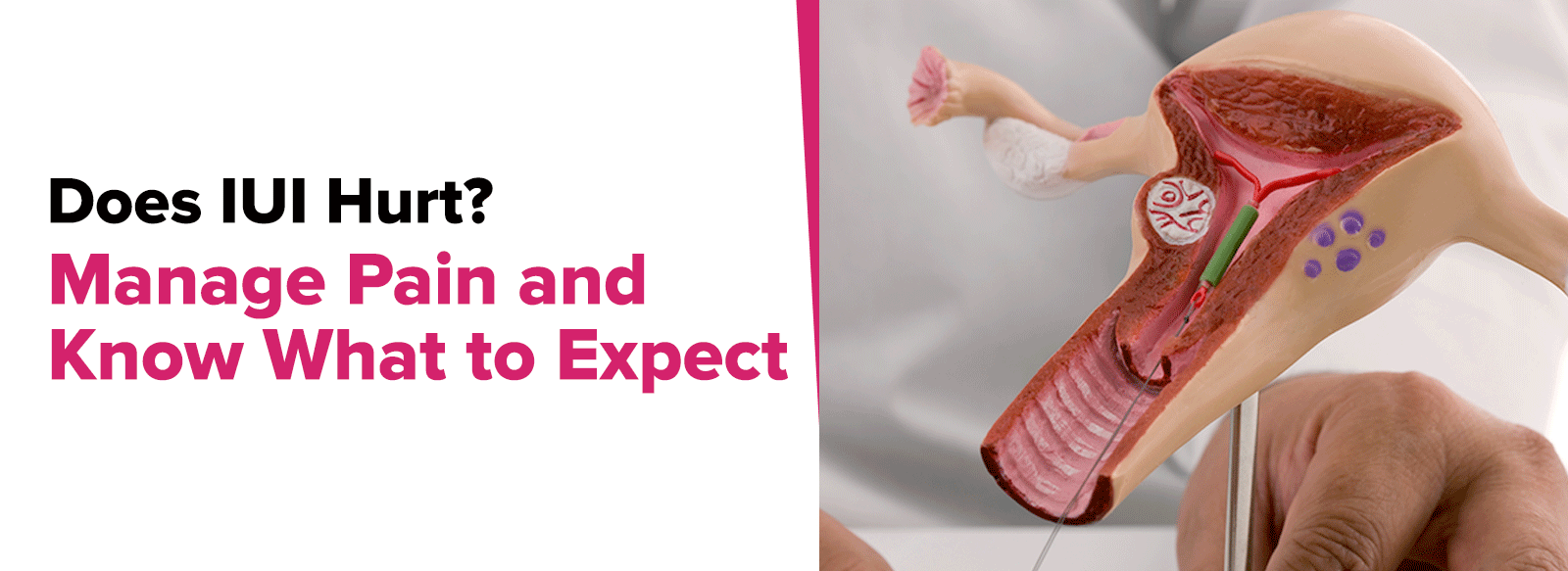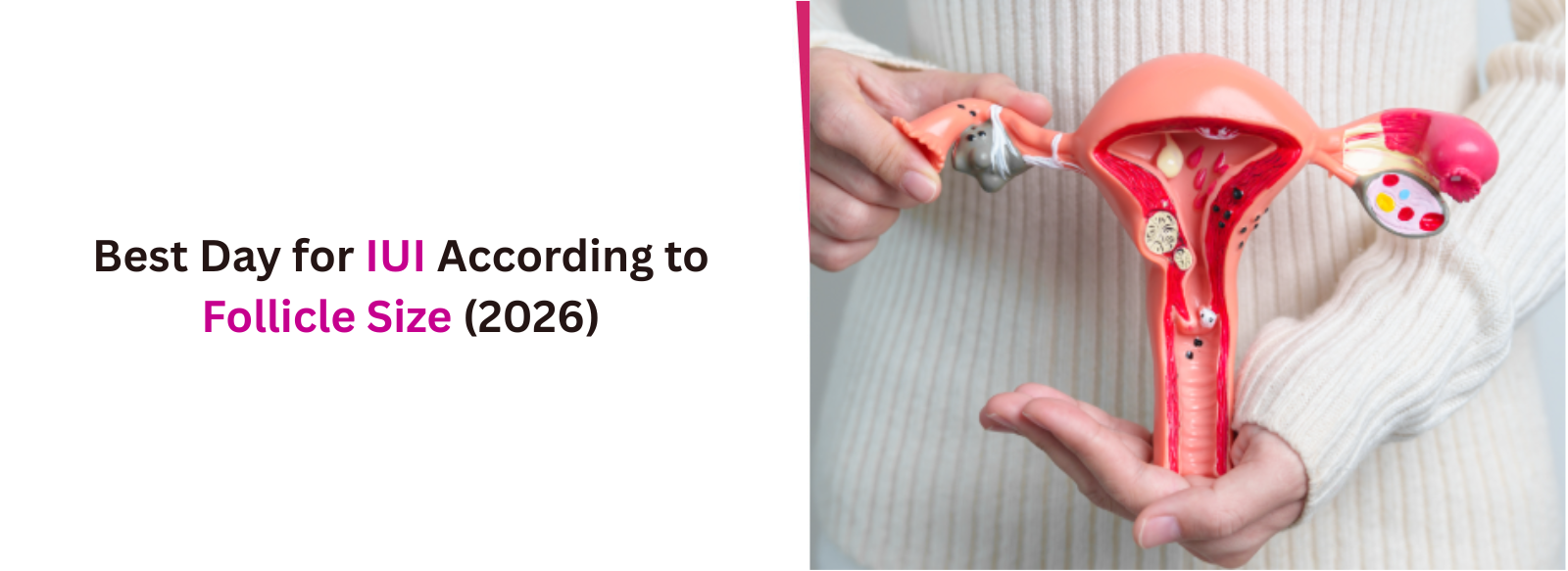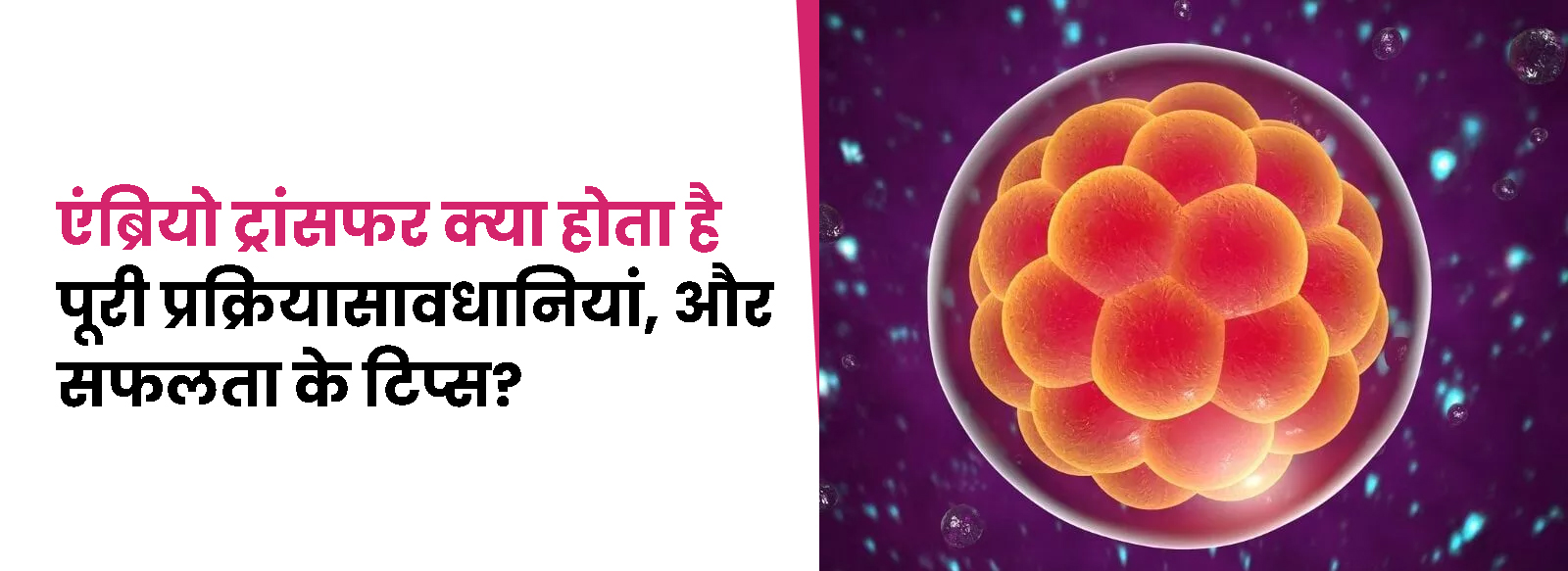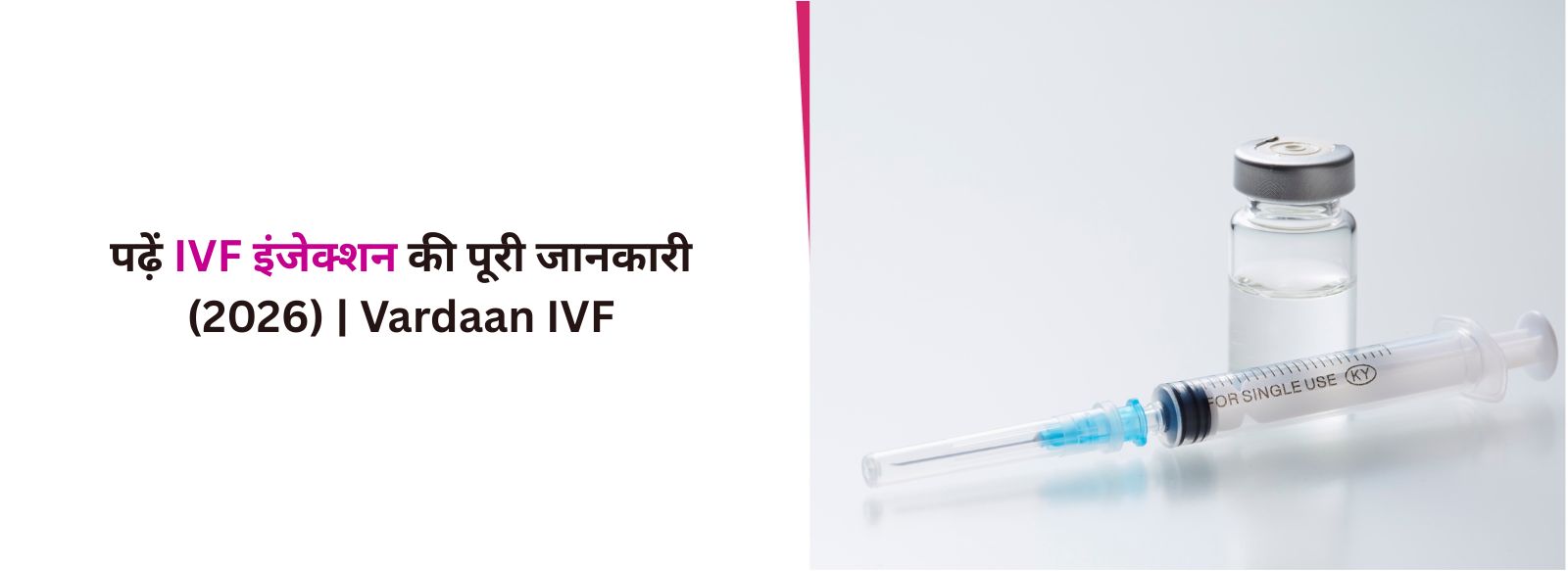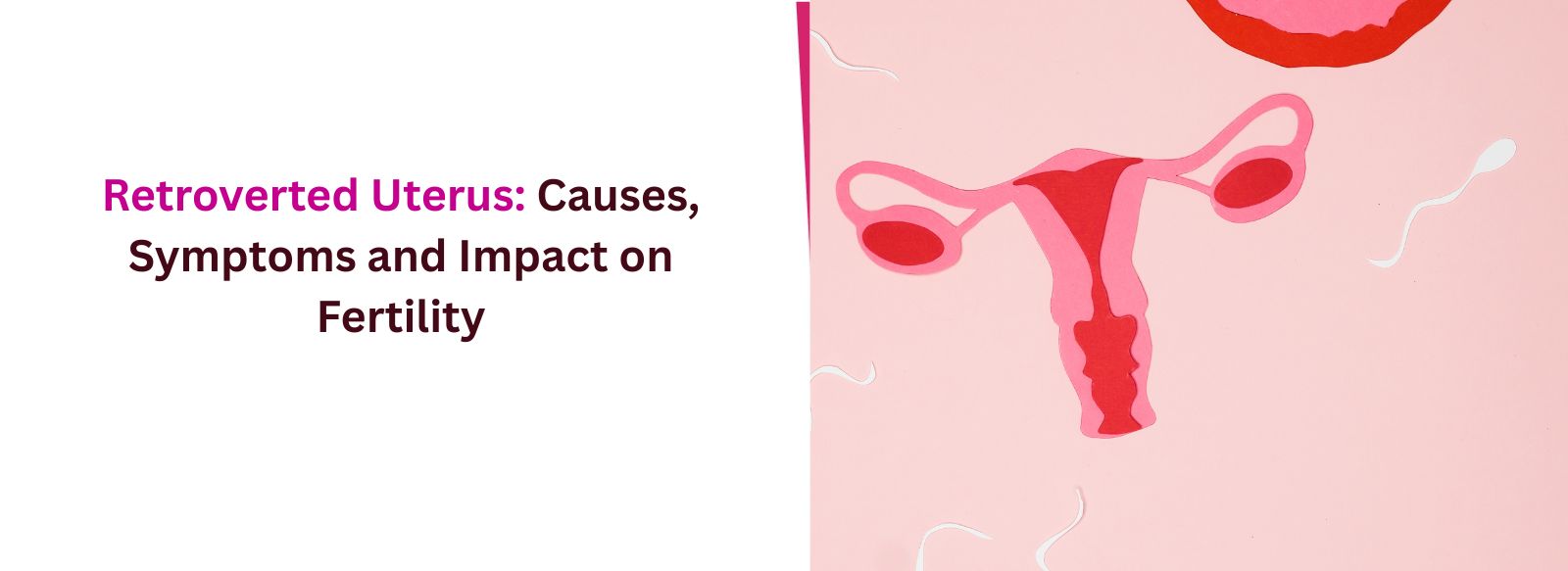What to Expect During the IUI Procedure
The IUI procedure is simple and quick. Here is a detailed explanation of what to anticipate:- Inserting a speculum – The doctor places a speculum, just like during a routine Pap smear, to gently open the vaginal walls and access the cervix.
- Using a catheter to place sperm – A thin, flexible catheter is inserted through the cervix into the uterus to place the washed sperm.
Pain Level
Many people ask, “Is the IUI procedure painful?” Most people report no pain or mild discomfort, with some experiencing light cramping during catheter insertion. However, discomfort is short-lived, and IUI is not a painful procedure compared to other fertility treatments.Pain vs. Other Fertility Procedures: IUI, IVF, and HSG Compared
IVF is a highly popular and advanced procedure for couples. Here is a comparison of pain levels during IVF and IUI.Which is more painful: IUI or HSG?
Many patients wonder, “Which is more painful: IUI or HSG?” Usually more uncomfortable, hysterosalpingography (HSG) involves injecting dye into the uterus to examine the fallopian tubes. The process can cause uterine cramping that feels more intense than the mild discomfort experienced during IUI.Which is more painful: IUI or IVF?
If you're debating, “Which is more painful: IUI or IVF?” Remember that more invasive procedures, such as egg retrieval, are part of IVF (in-vitro fertilization), and they can be more uncomfortable. In contrast, IUI is much simpler and usually painless, making it the less uncomfortable option for many patients.Side Effects of the IUI Procedure
Like any medical procedure, intrauterine insemination (IUI) may cause some side effects, but they are generally mild and manageable. Immediate Side Effects After the IUI procedure, some patients experience mild cramping, spotting, or light bleeding. These symptoms are temporary and usually resolve within a few hours to a day.Hormonal Side Effects
If fertility medications are used, they may lead to side effects such as hot flashes, mood changes, or occasional nausea. These symptoms are typically mild and disappear after treatment. Understanding these intrauterine insemination side effects can help you feel more prepared and ease any worries about the procedure. If symptoms persist or worsen, it’s important to consult your doctor.How to Manage Pain and Discomfort During IUI?
While many patients find the IUI procedure to be generally painless, it’s still important to be prepared for any discomfort. Here are some effective tips for managing pain and ensuring your comfort:Tips for Comfort
- Take a mild pain reliever – If advised by your doctor, consider taking a mild pain reliever, such as ibuprofen, before the procedure. This can help minimize any potential discomfort during the IUI.
- Use relaxation techniques – Practicing relaxation techniques, such as deep breathing or visualization, can help you stay calm and reduce anxiety during the procedure. Feeling relaxed can also make the experience more comfortable.
- Communicate any discomfort – If you do experience discomfort during the IUI, it’s essential to communicate with your doctor immediately. They can provide guidance or make adjustments to ensure your comfort throughout the process.
After IUI: What to Expect and Care Tips
After the IUI procedure, it’s important to know what to expect and how to care for yourself to ensure the best outcome.Post-Procedure Experience
You may experience mild cramps or spotting after the procedure, but these symptoms usually resolve within a day. It’s normal, so try not to worry.After IUI Care
To support your recovery, consider these after-IUI care tips:- Avoid heavy exercise for at least 24 hours to give your body time to adjust and heal.
- Stay hydrated and rest as needed, especially if you feel fatigued after the procedure.
- Follow up with your doctor regarding any prescribed medications or progesterone support to optimize your chances of success.

